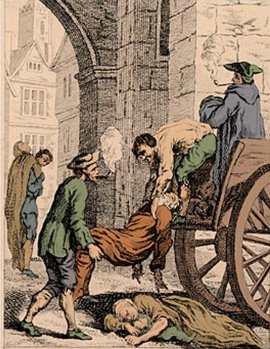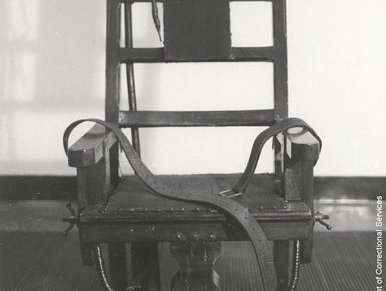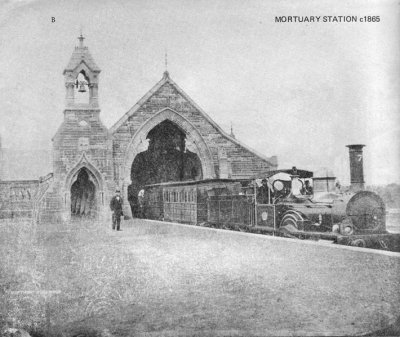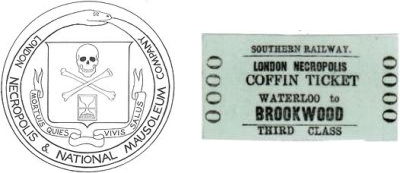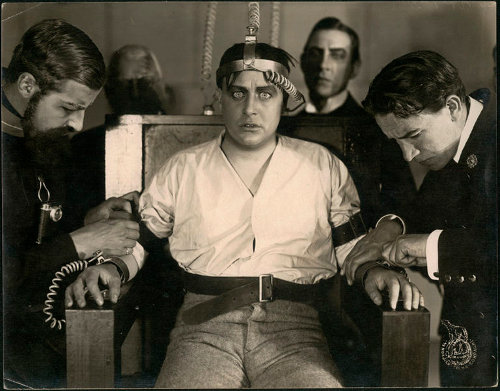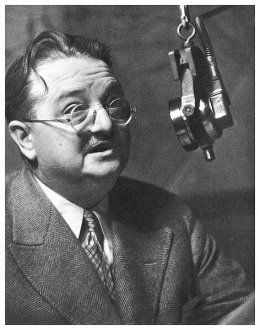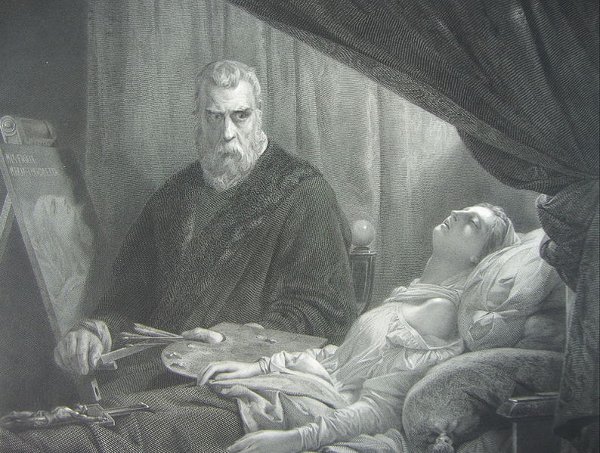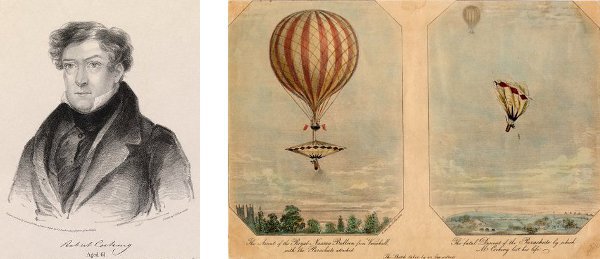
The following is an account of the post-mortem examination of the body of Mr. Robert Cocking, aged sixty-one, who fell with a suicidal machine called a parachute, from the cord of a balloon which ascended from Vauxhall Gardens, on the 24th of July, 1837. The height which the balloon had reached when the parachute commenced its descent, is stated to have been 5000 feet. The instrument of death was simply a canvas toy, constructed in ignorance, and used with the hardihood which might distinguish an unfortunate being who contemplated his own destruction by extraordinary and wonder-exciting means,– an end which, without the motive, was more effectually attained, by the crushing of the parachute in the air as it dropped:–
On the right side.–The second, third, fourth, and fifth ribs broken near their junction, with their cartilages. The second, fourth, fifth, and sixth broken also near their junction with the vertebrae. The second, fourth, fifth, and sixth ribs also broken at their greatest convexity.
On the left side.–The second, third, fourth, and sixth ribs broken near their cartilages, and also near their angles.
The clavicle on the right side fractured at the junction of the external with the middle third.
The second lumbar vertebra fractured through its body; the transverse processes of several of the lumbar vertebrae broken.
Comminuted fracture and separation of the bones of the pelvis at the sacro-iliac symphyses.
The ossa nasi fractured.
The right ankle dislocated inwards; the astragalus and os calcis fractured.
The viscera of the head, chest, and abdomen free from any morbid appearances.
F.C. Finch, G. Macilwain, W. Maugham, T. Greenwood, W. Thompson, surgeons
— Lancet, Aug. 5, 1837
